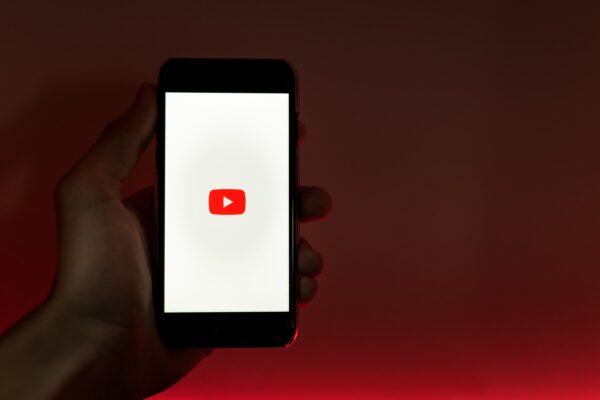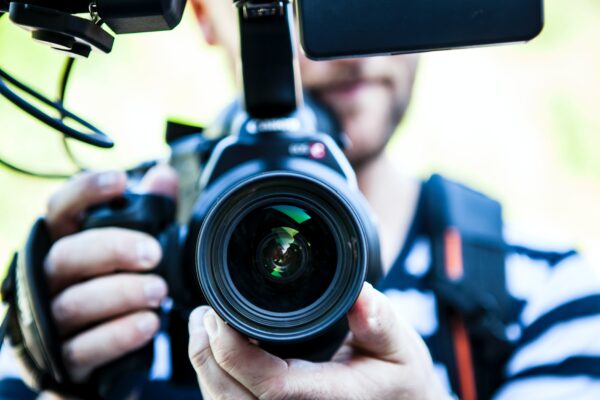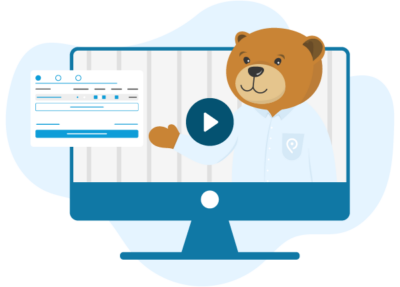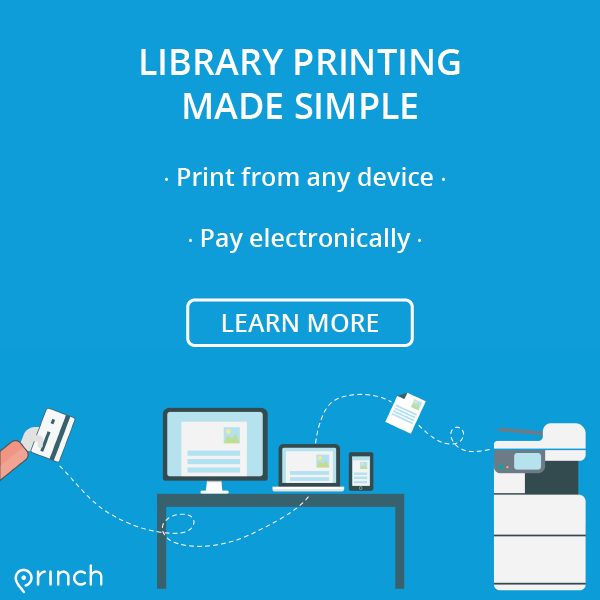With 122 million active users daily, YouTube is a platform with much potential. While traditionally used for entertainment, many organisations, such as libraries, have started using YouTube to their benefit. It can be a very helpful channel when it comes to reaching patrons in a new, different than before way.
Learn the key aspects of Princh! Watch our on-demand demos at your convenience and see what makes Princh such a simple solution. Watch our demos here.
Why YouTube?
Nowadays, there’s so many social media platforms to choose from, so why YouTube? Firstly, it is a great platform for displaying longer video content which you might not be able to post anywhere else. Additionally, YouTube also has ‘shorts’ that allow you to create short-form videos which you can also share to your library’s TikTok (learn more about Library TikTok here). Lastly, YouTube dominates the market when it comes to longer video content, so your library can get some extra exposure.
Advantages of YouTube
As mentioned, YouTube has much to offer for libraries wishing to expand their social media presence. There are many benefits to having this channel, from increasing awareness of your library, to getting feedback on what your library offers and where improvements could be made.
Other than that, your library has the chance to supply a wide variety of content, such as an overview of what services you offer and relevant tutorials (if needed). Perhaps there could be a video showing some clips of your recent classes, events, and workshops to attract some new patrons, or a tutorial for how to use certain equipment which some patrons might need help in learning to use, or even a podcast discussing relevant topics in the library world.
Additionally, your library can earn some extra revenue from the ads placed before, during, and after your videos to fund these extra efforts of keeping up with a YouTube channel. However, it is important to mention that, at the time of writing, YouTube only allows channels to be monetized when they have reached 1,000 subscribers and 4,000 watch hours over the last 12 months. Therefore, it would take some initial effort to reach this milestone; however, when done, it could be a valuable addition to your library’s revenue stream.

Disadvantages of YouTube
But there are also some disadvantages to consider before starting your Library YouTube journey. Firstly, you need to consider who could oversee recording the content, editing it, creating thumbnails (the photo the user clicks on to view the video) and uploading the videos, all the way to keeping up with new comments and responding to them. That might mean needing to get new employees who could take care of that or allocating current employees’ time to these tasks, which might complicate the process. Also, the person(s) in charge must have a high enough level of technological skills to be able to record, edit and upload the videos for the channel, which might further create a need for a new employee.
Then, due to the immense number of videos posted daily, the video content and thumbnail must be captivating enough to get YouTube viewers to click on your video and watch it all the way through, which many channels often struggle with. Lastly, it also takes some equipment such as cameras, lighting, editing software and more to create a video, which might take some initial investments unless your library already has this kind of equipment available.
How to start your library’s YouTube channel
First things first, you must create your library’s channel (create it here). This step is simple, so it will not take much of your time. When that is done, you should set up the look of your channel, such as creating the banner (the visual at the top of your channel page) which would be your library’s name and setting up your YouTube profile picture (usually a logo). For creating those, Canva is a great option with both a free and paid version. After that, add a brief description about your library in the ‘about’ section. When done, you are ready to move on to the next step!
Next, make sure to create a plan by bearing in mind the type of content you will post by doing some brainstorming. When the plan is ready, visualize it in a content calendar which will guide you along the way and let you plan for the month ahead. Before you can start creating your videos, you need to acquire all the technology and software needed. Do not worry if your library does not already own a video camera or does not have the budget for it; most smartphones these days have a good enough quality camera to start out with until you can upgrade to a video camera. For lighting, soft box lighting can vary in price depending on different specifications. However, if the library’s budget does not allow for this purchase, make sure to record in well-lit locations with a lot of natural light. Lastly, there are many free video editing software available, such as Shotcut, which provide all that you will need to edit your videos for the start of your YouTube journey.

Now you are ready to record! When you are done recording your content, creating your thumbnail (Canva comes in handy here, too) and editing your video, you are ready to upload! When done, make sure to respond to any incoming comments to engage with your viewers and answer any questions or suggestions they might have.
How other libraries do it
If you are looking for some inspiration, look no further as here are some examples of libraries, and how they use their YouTube channel!
McGill Library in Montreal, Canada uses their YouTube channel for a wide variety of tutorials, presentations on different topics and other interesting videos such as their Top 5 Things To Know About McGill Library video.
Allen County Public Library in Indiana, USA uses their channel to highlight many of the people and programs that make up their community and highlight history and genealogy.
Western Sydney University Library posts many useful resources for their students such as tutorials, how to reference, how to cancel and renew borrowed books, and much more!
Summary
YouTube can be a great tool for expanding your library’s social media presence and provide extra insights to your library’s patrons that they otherwise could not get anywhere else, however, there are a handful of details to consider before starting your own library’s journey on the platform to ensure a successful experience.

Samanta Stekerhofa
Samanta is a content writer for the Princh Library Blog. Princh, which is a printing and payment solution designed specifically for and with public libraries, makes a consistent effort to provide advocacy for libraries and library professionals. The Princh blog discusses library specific topics that inform their readers of library trends, insights, technologies and more.
Recent posts
Green Libraries: How Sustainable Design is Shaping the Future of Public Libraries
In this week's Princh Library Blog post, recurring guest writer Sam L. Bowman discusses an ever so important topic: sustainable design and [...]
Librarians Supporting Digital Literacy in the Community
In this week's Princh Library Blog, Nina Grant covers why digital literacy is important, the variety of ways in which librarians are supporting [...]





Leave A Comment